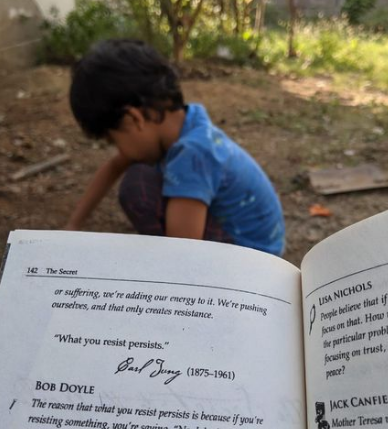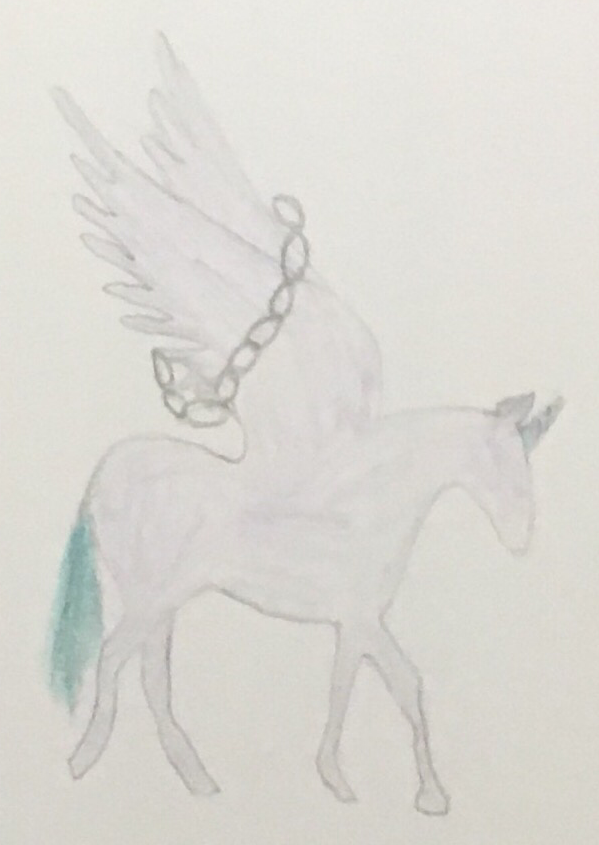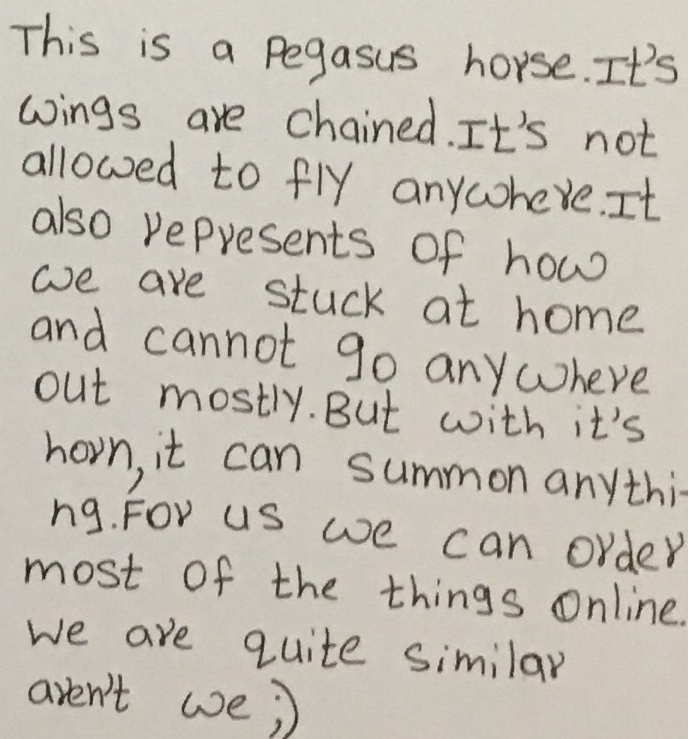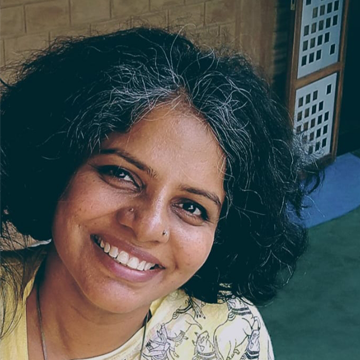
These years will be remembered as the COVID year. We have all got used to it now, though initially we were all thrown off gear a bit. Before COVID, there was consciously no interaction with technology in the primary grades. We would start using videos in Grade 8, but still they were not working with the laptops. Teachers used laptops for sending emails and creating lesson plans, but didn’t actively use it as a teaching tool. We had to take a serious look at what the times were asking of us for the wellbeing of the children. The only possibility was to embrace technology and restart the learning process. While doing this, we also wanted to protect them from too much exposure to technology.
The valuable relationship we had created with parents helped us make the transition because they trust the school and the teachers. Each class teacher called up their set of parents, about 25 to 30 in each class. They asked the parents about their opinion and their comfort level with the use of the technology under the present circumstances. Keeping parents engaged at every stage helped us overcome many challenges in this journey.

Kindergarten to Grade 2: Partnership with parents
We decided to have absolutely no exposure to gadgets for this age group. The teaching was anchored completely by the parents. Teachers worked with parents and parents worked with the children. We conceptualized a program called “Home gardeners” where parents are the gardeners tending to the little saplings. They taught the morning circles and rhythms. Teachers invested a lot of time in enabling parents to play this role. They had three one-hour sessions with parents every week to discuss what they could do with children, suggestions on what might work / what should be avoided etc. We also conducted weekly reading circles with Santhya, the head of the school.
❝every day the teacher also made sure to have conversations to understand what is happening in the life of the child.
Grades 3-5: Smaller communities
In the initial four months, we worked with parents. Teachers shot videos and created lesson plans. They sent these materials to parents who in turn worked with children. Teachers stayed in touch with them through weekly phone calls throughout the first term. In Grade 5, we also tried smaller learning communities where a couple of parents who were living in the same locality got together on a weekly or fortnightly basis. Children got an opportunity to exchange their learning and also get some time to play together. It was only in term 2 that online classes started for Grade 5. We began with an hour and are now doing about two and a half hours.
Middle school: Begin with empathy
We couldn’t use the model of interaction for parents in middle school because the subject content becomes deeper. The teacher needs to teach. We started with just two hours initially, extending it up to half a day later. We tried to also maintain a balance between lessons and other activities like storytelling, art, student clubs, class circles. All of these are a very important part of all our classrooms.
We took some time initially for students and teachers to get familiar with the technology. We began very slowly, for just one hour to begin with. Gradually we increased the duration. In addition, every day the teacher also made sure to have conversations to understand what is happening in the life of the child. For instance, some children started very well, but their participation started dwindling after a month or two. After some probing, we realized that there had been few cases of COVID infection in their apartment, which affected the students’ state of mind. So as teachers, we were asked to keep a balance between what we were expecting this year in terms of learning and at the same time being sensitive to what each child is going through and living with.

Respecting the space children need
Seeing themselves on screen was a big struggle for older children. A high level of image consciousness comes in with adolescence. It is an interesting paradox. Despite being a generation of selfies, they are also very self-conscious. They are concerned not just about how they look, but also about how they are seen by their classmates. This anxiety was not helping learning. We came to an understanding that only the teacher will keep the camera on and the students could join with just the audio. They would just interact and we would ask them to show their faces for just five minutes and then go off-screen. This was a big liberty. We learnt to live with it. Students valued this a lot.
Scaffolding Learning
The amount of work that we teachers have done this year is much more than in any regular year. As an experiment, I put the entire class in three different groups based on each child's skill level - the children who are yet to reach the grade level, the children who are comfortable in the existing grade and children who are above the grade level. While the first term was common to them all, in the second term I grouped them to provide customized reading materials and teaching support. Once a week I met each group separately and reviewed their work in order to help them to work better. Children who were always reluctant to share their responses in the larger group, were much more forthcoming in the small groups. Children above the grade level, who were not getting challenged earlier also started to respond better with this arrangement. In the third term they were back into the same common group.
Assessment for ‘self development’, not comparisons
Assessment of student work had its own challenges. It was not easy to track whether students were doing the assignments by themselves or if they were getting help. Some of them also verbalized this question in the classes. We chose to trust them and give them the space. We made it clear that while they could use external help for their assessments, it would not help their own learning. We have also stayed away from the practice of announcing aggregate scores and ranks in the class. Every student is encouraged to work on their own goals and problems. In the last parent teacher meeting, parents highlighted how it mattered so much to their children that their teachers trusted them.
Open spaces for dialogue and expression

Among various efforts to give greater space for children’s voices, we assigned a project called ‘When School Happened at Home'. Children could write a poem or a short essay and post it online. There were four parts to this question: What did I learn online? What was different at home? How did I sustain my friendships? And what I have learned. We heard many interesting things, like:
“I rolled out of bed and logged into class…I kept my video off and I was munching…My mother was part of my classroom…I learned how to use the other websites…Initially it was fancy being online, but now I'm bored. I miss getting back to school.”
We assured them a ‘no judgment’ space to express themselves. And they were being quite honest. This conversation also helped them become aware of what they've lived with, how the situation is evolving and what the future could look like. Keeping both the wellbeing of the child and the academic stimulation in balance has helped us tide over the COVID year.
